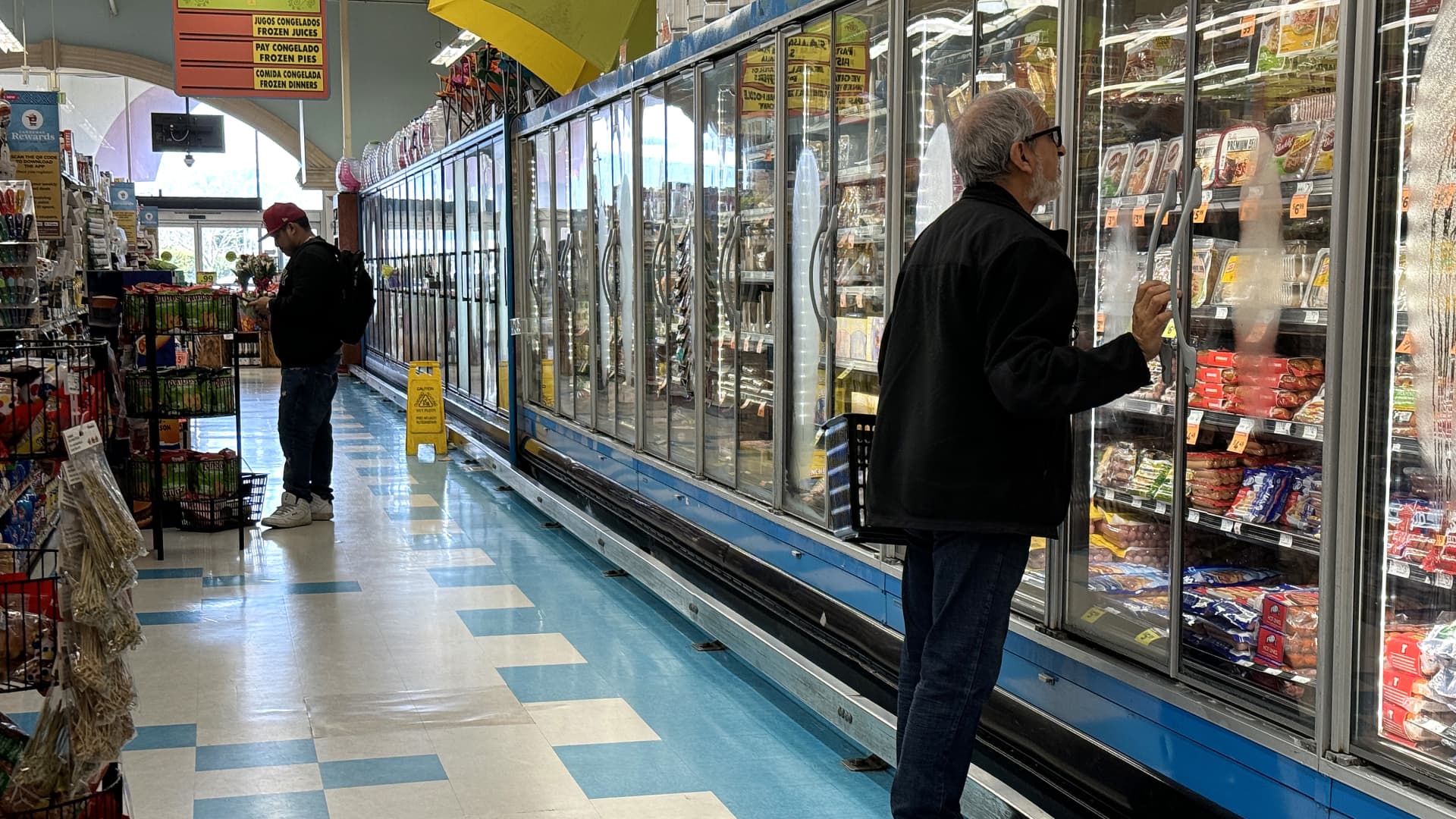The airdrops, which have been criticized by some aid experts as insubstantial and largely symbolic, “contribute to the U.S. government’s ongoing efforts to provide life-saving humanitarian assistance to the people of Gaza,” the statement said. “We are conducting planning for possible follow-up missions to deliver relief supplies by air.”
One of the U.S. officials who briefed reporters on the operation on Saturday said 66 pallets were dropped across Gaza. The official said the drop sites were chosen in relatively safe areas where people were seeking shelter and needed assistance. The U.S. did not coordinate its operation with Hamas or any other group on the ground, the official said.
The drop is intended to be the first of a sustained campaign, the official said, adding that the United States is also exploring other options to get more aid to Gaza, including by sea. The official and others at the briefing spoke on condition of anonymity to discuss sensitive military operations and diplomatic efforts.
The declines came a day after President Biden said the United States would find new ways to provide aid to Palestinians in desperate need of assistance due to Israel’s five-month military campaign to destroy Hamas. This also came two days after more than 100 Palestinians were killed when Israeli forces opened fire on a convoy of aid trucks in northern Gaza.
The disaster highlighted the desperation of Palestinians in Gaza and demonstrated that the ground convoys Israel has allowed into the area are not providing sufficient assistance. But U.S. officials have warned that airdrops cannot carry supplies on the scale of convoys — even large military cargo planes like the C-130s used Saturday can carry only a fraction of the supplies a truck convoy can carry. It is also difficult to secure and distribute aid supplies that have been dropped on the ground.
The U.S.’s ultimate goal is to negotiate a lull in fighting that would allow far more truck traffic, the officials said in Saturday’s news conference. The United States is still working to reach a limited ceasefire that would allow the release of dozens of the “most vulnerable” Israeli hostages in Gaza and the entry of more aid convoys into the area.
Israel has agreed to a plan that calls for a six-week ceasefire, another US official said on Saturday. The official added that the United States and other countries, including Egypt and Qatar, are trying to persuade Hamas to accept the deal.
It was not clear when the next airdrop might take place as bad weather was forecast for Gaza on Sunday.
As hunger and disease increase in Gaza, U.S. officials have pressured Israel to allow more aid convoys into the area – with limited success. But a third official U.S. briefing reporter said Saturday that the lack of supplies had been exacerbated by lawlessness in the Gaza Strip, making effective distribution difficult. Criminal gangs plunder aid supplies and sell them at exorbitant prices. Flooding Gaza with supplies will drive down prices and reduce the incentive for theft, the official said.
Some humanitarian experts criticized the U.S. efforts as far too small to make a real difference. Dave Harden, a former Gaza director at the U.S. Agency for International Development, wrote on social media that the drops “will not have a significant humanitarian impact on Gaza.”
Without security in the drop zone and coordination with relief workers on the ground, he said, “you assume that the strongest – not the weakest and most needy – are taking and controlling the food.”
Eric Schmitt contributed reporting.
Source link
2024-03-02 20:35:59
www.nytimes.com













